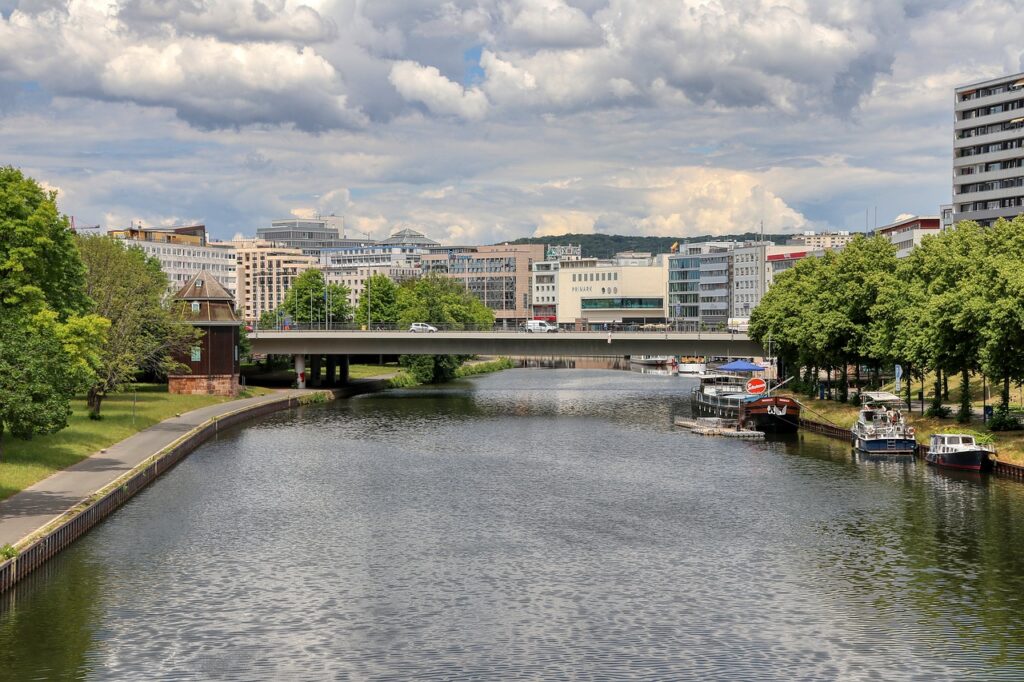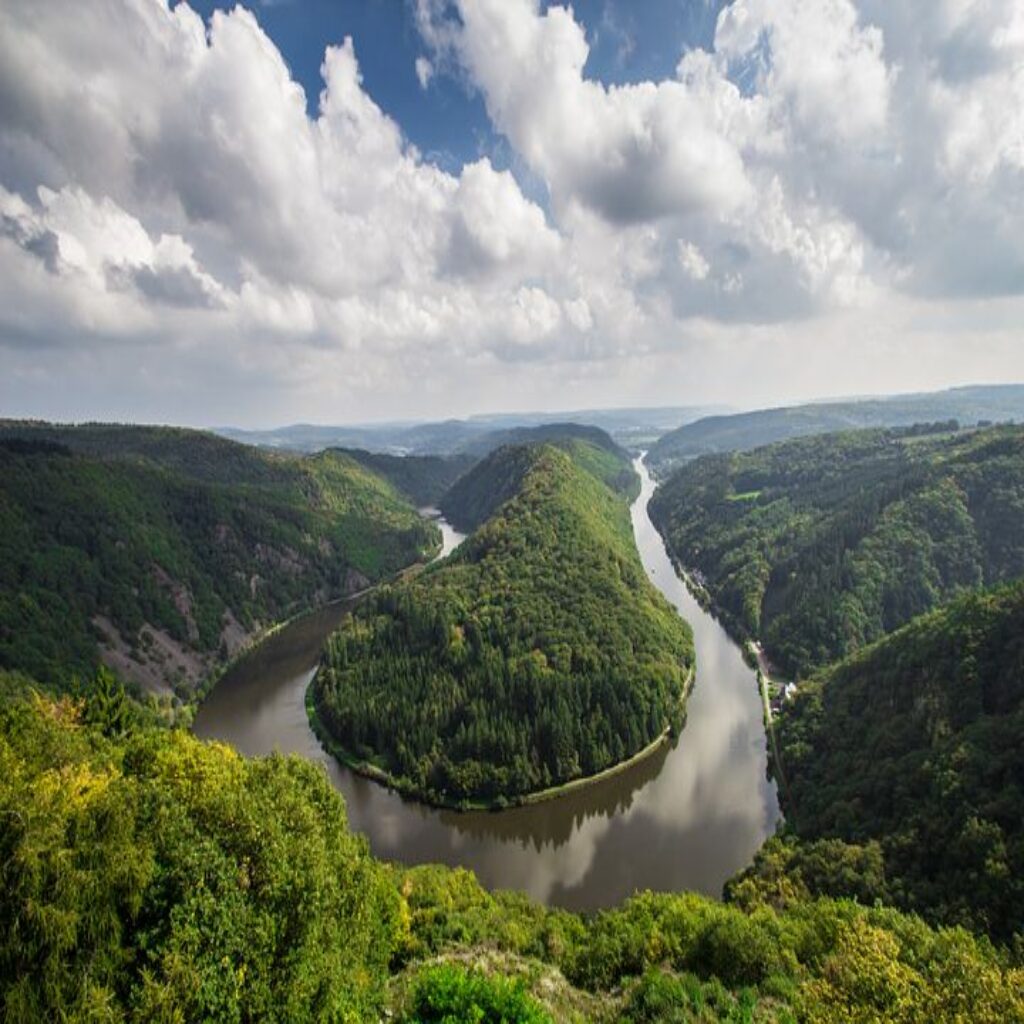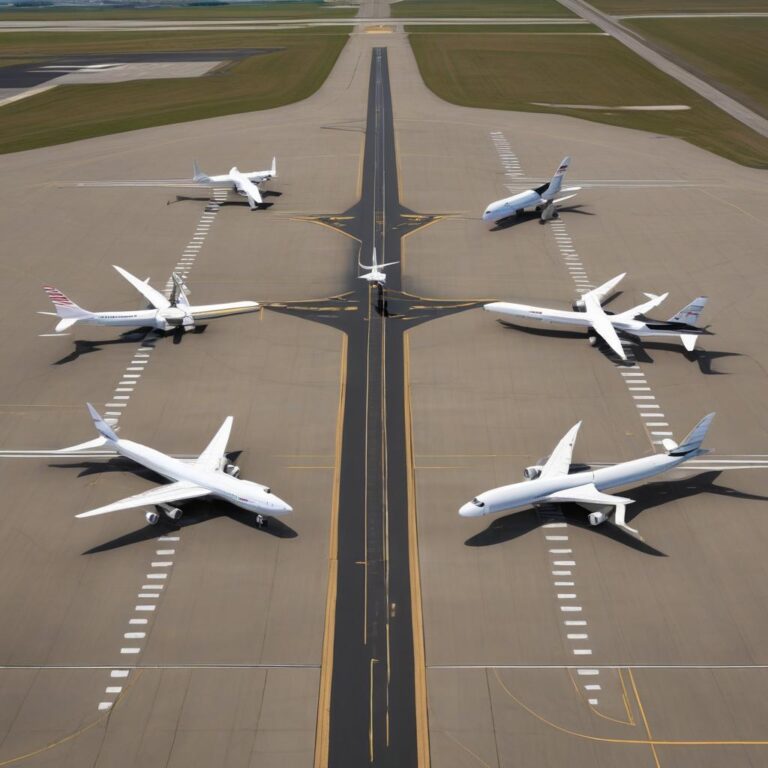
Vancouver, BC – written Saturday, January 4th, 2025 – Saarland, a small yet historically rich region nestled in western Germany, offers a compelling blend of culture, history, and innovation. Though it may not be as widely known as some of its larger counterparts, Saarland has a unique identity shaped by its tumultuous past and vibrant present. Here are five interesting facts that highlight what makes this region truly special.
- A History of Change
Saarland has experienced a remarkable number of territorial changes throughout its history, having switched national affiliations at least eight times. Since the early 18th century, it has been under the rule of various nations, including France, Germany, and the League of Nations. The most notable change occurred after World War I when Saarland became a League of Nations mandate. In 1935, a plebiscite allowed the region to vote for reunification with Germany, only to be annexed by France after World War II. This complex history has contributed to Saarland’s unique cultural fabric, where French and German influences coexist harmoniously.
- Emergence as an Independent Entity
For a brief period during the late 1940s, Saarland existed as an autonomous entity known as the Saar Protectorate. It was established under French administration following World War II. This status provided Saarland with a certain degree of independence, allowing it to maintain its own government and institutions. However, in 1957, following a referendum that favored rejoining Germany, Saarland was incorporated into the Federal Republic of Germany, marking the end of its short-lived independence.
- Rich Cultural Heritage
Saarland boasts a diverse cultural landscape that reflects its varied history. From traditional folk festivals to modern art exhibitions, the region offers a wealth of cultural experiences. Notably, the vibrant city of Saarbrücken serves as a cultural hub, home to numerous theaters, museums, and galleries. The annual Saarland Carnival is another highlight, showcasing colorful parades, costumes, and lively festivities that celebrate local traditions and regional identity.
- Natural Beauty and Outdoor Activities
Beyond its historical significance, Saarland is blessed with stunning natural landscapes. The region is characterized by rolling hills, dense forests, and picturesque vineyards. The Saar River, which winds through the area, offers ample opportunities for outdoor recreation such as hiking, biking, and kayaking. The Saar-Hunsrück Nature Park is a particularly popular destination and features well-marked trails that allow visitors to explore the region’s breathtaking scenery.
- Global Connectivity Through the Saarland Stiftung
In today’s interconnected world, the Saarland Stiftung plays a crucial role in fostering global relationships. The foundation has established virtual offices around the world, facilitating connections among Saarlanders and promoting the region’s opportunities and cultural exchanges. One of these virtual offices is located in Vancouver, BC. This initiative allows Saarlanders living abroad to maintain ties with their home region, enhancing the sense of community across borders. Adding to the excitement, the Westcoast German News Media Blog is planning a visit to Saarland in March 2025, further strengthening these connections and highlighting the region’s appeal.
In conclusion, Saarland is a captivating region with a rich history, vibrant culture, and dynamic nature. From its unique past of changing national identities to its present-day global connections, Saarland continues to thrive and evolve. Whether exploring its historical significance, enjoying its natural beauty, or engaging with its global network, there’s no shortage of fascinating experiences waiting to be discovered in this remarkable corner of Germany.









